 Hence the rule .for finding the greatest common divisor of two numbers : Divide the greater number by the less, and that divisor by the remainder, and so on, always dividing the last divisor by the last remainder, till nothing remain. Hence the rule .for finding the greatest common divisor of two numbers : Divide the greater number by the less, and that divisor by the remainder, and so on, always dividing the last divisor by the last remainder, till nothing remain.  Rudimentary arithmetic - Page 66by James Haddon - 1849 - 128 pagesFull view Rudimentary arithmetic - Page 66by James Haddon - 1849 - 128 pagesFull view - About this book
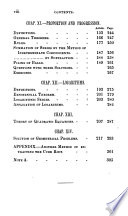 | James Bryce - 1846 - 352 pages
...number greater than d can measure a and b ; that is, d is the greatest common measure of a and b. Hence, to find the greatest common measure of two numbers, divide the greater by the less, and the last divisor by the last remainder, until there is no remainder : the last divisor is the measure... | |
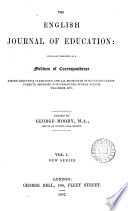 | Education - 1847 - 508 pages
...he know nothing of algebra ! In finding the greatest common measure of two numbers, the rule says, Divide the greater by the less, and that divisor by the remainder, continue this operation until nothing remains. Now, I ask, what reasoning is there about this ? Of... | |
 | Roswell Chamberlain Smith - Arithmetic - 1850 - 314 pages
...successive divisions ; therefore, we have the following, — GENERAL RULE. 16. Divide the greater number by the less, and that divisor by the remainder ; and so on ; always dividing the last divisor by the last remainder, till nothing remains ; the last divisor is... | |
 | Sarah Porter - Arithmetic - 1852 - 286 pages
...; however, that the pupil may judge for himself, I will F explain the reason of the following rule to find the greatest common measure of two numbers. Divide the greater by the less ; then divide the divisor by the remainder, and so on, dividing always the last divisor by the last... | |
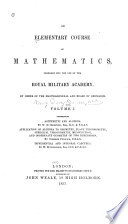 | Royal Military Academy, Woolwich - Mathematics - 1853 - 476 pages
...and 168 = 7 X 24 = 7x3x8; therefore 7 X 3 = 21, is the greatest common measure of 63 and 168. Hence, to find the greatest common measure of two numbers, divide the greater by the less, and then the divisor by the remainder ; repeat this operation till an exact divisor is obtained ; this... | |
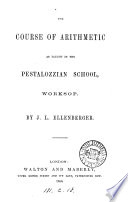 | J L. Ellenberger - 1854 - 338 pages
...effected in the following manner : — 477)1749(3 1431 ~318)477(1 318 159)318(2 318 114. Therefore, to find the greatest common measure of two numbers, divide the greater number by the less ; if there is a remainder, divide the less by it; continue dividing the last divisor... | |
 | Roswell Chamberlain Smith - Arithmetic - 1856 - 334 pages
...successive divisions ; therefore, we have the following, — GENERAL RULE. 16. Divide the greater number by the less, and that divisor by the remainder, and so on ; always dividing the last divisor by the last remainder, till nothing remains ; the last divisor is... | |
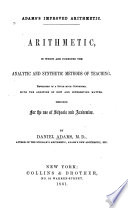 | Daniel Adams - Arithmetic - 1861 - 452 pages
...finding the greatest common divisor sometimes practised ; it is as follows : I. Divide the greater number by the less, and that divisor by the remainder, and so on, always dividing the last divisor by the last remainder, till nothing remain. The last divisor will... | |
 | Charles Elsee - Arithmetic - 1866 - 300 pages
...might be seen to be the GCM of 36 and 84. But if not, the following rule must be adopted. EULE. — To find the greatest common measure of two numbers. — Divide the greater by the less, and then the divisor by the remainder loft, and so on until there is no remainder : the last divisor will... | |
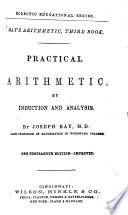 | Joseph Ray - Arithmetic - 1857 - 358 pages
...of 14 and 35? Ans. 7. 3. What is the GCD of 9 and 24? Ans. 3. Rule II.— Divide the greater number by the less, and that divisor by the remainder, and so on, always dividing the last divisor by the last remainder, till nothing remains; the last divisor will... | |
| |